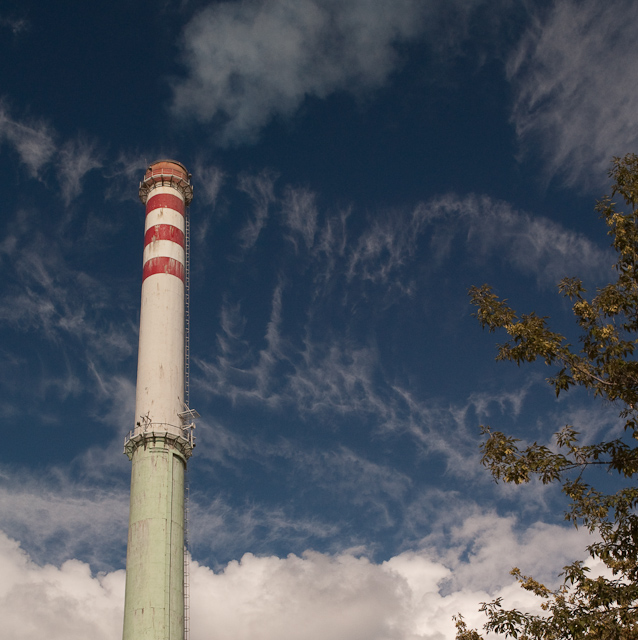Ecology
 Over the past twenty years, the Polish industry has been transformed under the influence of many factors, most important of these were economic and political transformation, privatization and Polish accession to the European Union. All have influenced, directly or indirectly, the environmental protection in all types of industry, including cement.
Over the past twenty years, the Polish industry has been transformed under the influence of many factors, most important of these were economic and political transformation, privatization and Polish accession to the European Union. All have influenced, directly or indirectly, the environmental protection in all types of industry, including cement.
The greatest progress can be noted by observing fumes emission from the cement industry with which it has been associated for decades. The key moment in the restructuring of the cement industry was completed before the privatization process and prior to joining the European Union (1999-2003). During that period, dust emissions have been reduced four times. This was due to the optimization of technological processes, the use of large quantities of recyclable materials and the use of alternative fuels.
Optimization of technological processes focused on abandoning the production of cement by the wet method, the older, simpler, and cheaper, but more energy intensive, less efficient and above all more harmful to the environment. In 1989, over 60% of cement was produced in Poland by the wet method, and only 39% by the dry method. Currently 98% of cement is produced using the dry method.
The effects of these changes can be seen watching the statistics of energy consumption during clinker burning. In the early 90's production of this raw material consumed from 5000 to 5500kJ per kilogram of clinker. Currently, energy consumption of this process is 3500kJ/kg of portland clinker. Also the amount of alternative fuels used increased, exceeding the 15% share of the energy needed to manufacture the portland cement.
The application of recycled materials in cement summarizes the changes in the last decades: every year, over 2.5 million tons of industrial wastes such as fly ash, blast furnace slag, iron-bearing wastes or gypsum from flue gas desulphation are being used in the cement production process.